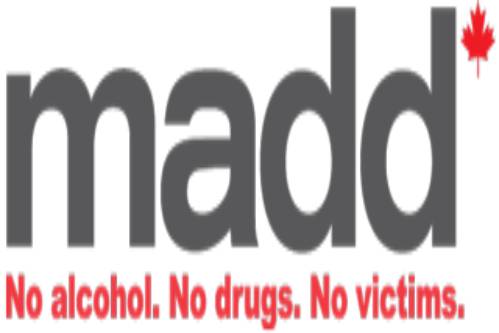HOW IT STARTED
13-year-old softball all-star Cari Lightner was killed May 3, 1980 in Fair Oaks, California. She and a friend were walking to a church carnival and at the same time, a three-time repeat offender, out of jail just two days from a 4th DUI arrest, was barreling down the road. He hit Cari from behind, throwing her out of her shoes 125 feet, then fled the scene but was later arrested and charged with her death.
In that moment, Cari became the first face of drunk driving victims. She also represents the many pedestrian victims killed or injured due to drunk driving.
Cari’s mother, Candace Lightner, carried her daughter’s photo with her as she worked tirelessly to change drunk driving laws in California to try and make sense of a senseless act and turn her pain into purpose.
To this day, MADD holds photos of victims and survivors to put a face on the problem and share stories behind the statistics.
Cindi Lamb, from Maryland, joined Candace Lightner and other grieving mothers to rally against the crime of drunk driving. A year earlier, Cindi and her 5-month-old daughter, Laura, were hit head-on by a repeat drunk driver. Cindi was seriously injured, while Laura became the nation’s youngest quadriplegic—and the first face of injured victims, representing hundreds of thousands of others.
The feisty, blue-eyed girl who loved to dance in her electric wheelchair, died at age 6 from complications due to her extensive injuries.
HOW ITS GOING
- Within three years, MADD developed into an international organization with almost 400 chapters worldwide, a staff of 50 employees, 2 million members, thousands of volunteers and an annual budget of more than $12 million.
- In the mid-80s an important term begins to emerge in MADD’s vernacular, the word “crash.” MADD does not use the word “accident” when referring to drunk or drugged driving, because it’s a choice, a violent crime and 100% preventable.
- MADD’s earliest known usage of “designated driver” is in 1986.
- Project Red Ribbon, known today as Tie One On For Safety, launches in 1986.
- MADD Canada was formed in 1989
- Sobriety checkpoints are upheld as constitutional by the Supreme Court in 1990.
- MADD announces a new partnership with the NFL in 2010 with a game-day program asking fans to designate a non-drinking driver.
- In 2013, 10,076 people are killed due to drunk driving in the US, a 55% drop in deaths since MADD’s founding in 1980.
- The Power of Parents program is a researched-based program designed for parents of middle school and high school parents, to help them have going intention and potentially lifesaving conversations about alcohol with their kids.
- The Infrastructure Investment and Jobs Act passed by the U.S. House of Representatives includes the single most important legislation in Mothers Against Drunk Driving’s 41-year history, marking the beginning of the end of drunk driving. The “Advanced Impaired Driving Technology” section of the Infrastructure bill mandates an advanced vehicle technology standard that is expected to prevent more than 9,400 drunk driving deaths annually, according to a 2020 study by the Insurance Institute for Highway Safety.
THE VISION
MADD believes in a world where everyone is safe to live, work, and play. We are a movement of caring individuals with a shared purpose to end the
devastation of drugged and drunk driving, which is both a violent crime and a health and safety issue that affects everyone in every community.
We commit to honor MADD’s history and continuously evolve to save lives in a changing world. We will remain steadfast in our prevention efforts, relentlessly advocate for necessary changes, and engage across generations and communities. We will consistently show up for victims and survivors. We will use technology, data, and best practices to deliver life-changing solutions.
Our voices and experiences are our strength, and our compassion is our fuel.

